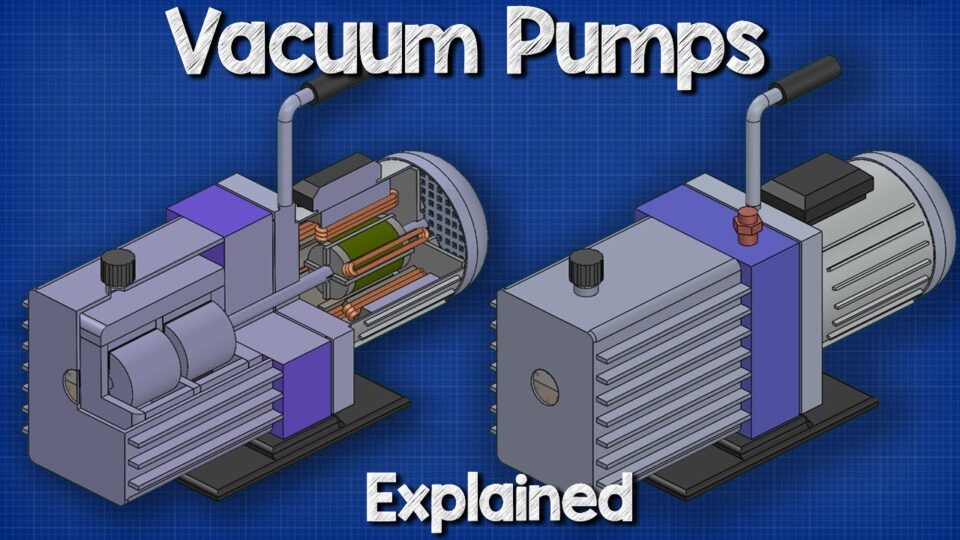A vacuum pump is a device that moves molecules from one area to another – much like any pump. In this case though, it will perform this by creating a vacuum that will cause the particles to move as opposed to applying pressure.
Here we will look in a little more detail at how this works…
A Quick Guide to Pressure
To understand any vacuum, it’s important to understand the fundamentals of how pressure works. Essentially then, pressure describes the density of particles in a given space. If you have a sealed container full of air then, the pressure will be great if the air is tightly packed in so that there are lots of oxygen molecules. The pressure will be low meanwhile if the air is very thinly distributed.
The next thing you need to understand is that pressure likes to be evenly distributed. Just as water spreads out across a surface area to become a puddle (rather than a ‘pile’) so do air particles spread out to fill a container. The same is true for any gas – you do not get ‘clumps’ of gas in certain patches.
So what happens if you have a room with height press and a room with low pressure and there is a door between them… but you then open that door?
Well, equalization will happen. Here, all the air from the densely packed room will rush into the other room until there is an equilibrium. This is why everything gets sucked out of an airplane if ever there is a hull breach. It’s also why balloons explode with such ferocity when burst.
How Pressure Powers Pumps
With that in mind, you should be able to start understanding how a vacuum pump might work. Here, an area of low pressure is connected in some way to an area of higher pressure. This then will remove molecules from that sealed volume until it is empty – leaving behind a vacuum (a complete or near absence of molecules).
This can work in a number of ways. One method is called ‘positive displacement’. Here, the volume of a container increases in order to suck air out. Just as you would normally pump by squeezing a container normally, this essentially applies the opposite logic. This is how a roots blower works for example.
Momentum transfer pumps meanwhile have a slightly different mechanism. These work by essentially using fans which will ‘scoop’ particles up and then remove them, creating a slight vacuum that is constantly sucking in more air and debris. This is actually the mechanism that a vacuum cleaner uses! Additionally, it’s also the method that a turbine uses (and why birds get sucked in!).
There are other methods too. Entrapment pumps for instance include cryopumps which use very cold temperatures in order to condense gases and liquids into solid or absorbed states.
Uses for Vacuum Pumps
So what are vacuum pumps used for? There are many potential applications actually. One of them is to create ‘clean rooms’ which are rooms devoid of contaminates which can be used for scientific experimentation (or for people with severe allergies).
Likewise, vacuum pumps can also be used for aerating fish ponds. They’re also used to drive some flight instruments in old aircrafts and are necessary in the production of electric lamps and vacuum tubes. Vacuums can also power a wide range of mechanical devices – including hybrid and diesel motors.
As you can see then, the vacuum pump is an incredibly versatile and useful invention. It uses a vacuum to create other vacuums, removing all gasses and or liquids from a certain container and potentially moving it around a network of tubes.
Oh, and your own body can work as a vacuum pump too! When you breathe in you do so by expanding your lungs which creates a vacuum and sucks in air – just the same as any other positive displacement vacuum pump!

